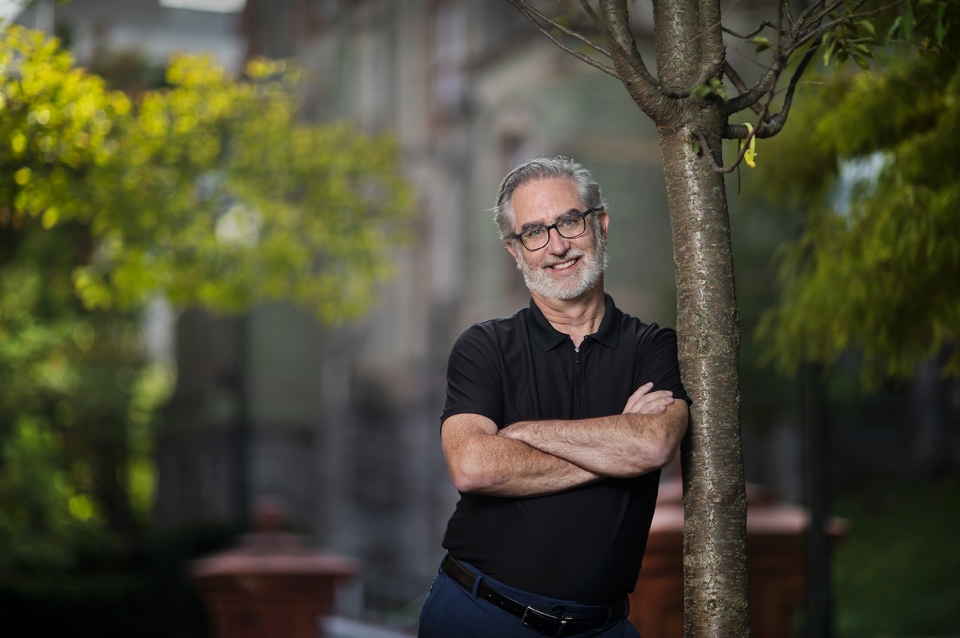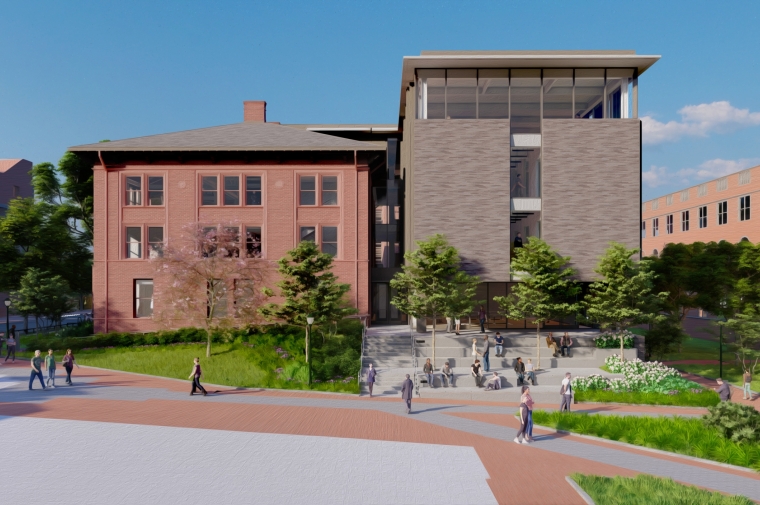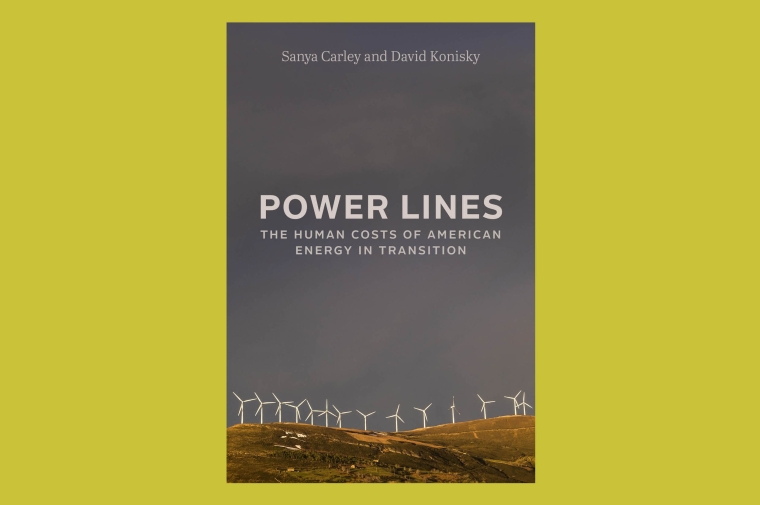October 10, 2022
Stuart Weitzman School of Design
102 Meyerson Hall
210 South 34th Street
Philadelphia, PA 19104
Get the latest Weitzman news in your Inbox
Media Contact
Michael Grant
mrgrant@design.upenn.edu
215.898.2539
This past summer, award-winning educator and author Rob Fleming joined Weitzman as director of online innovation, a newly-created role in the School. He is also the president-elect for AIA Philadelphia, an organization he has played an active role in for many years. From 1996 to 2021, he served as the founding director and professor of Thomas Jefferson University’s popular Master of Science in Sustainable Design program. Fleming is currently organizing the launch of Weitzman’s new Executive Program in Design Leadership (XDL), a six-month online program. In an interview, Fleming talks about the opportunities for designers to become more impactful, inspiring, and inclusive leaders; the lessons learned for teaching during the pandemic; and the challenges facing the design professions.
Tell us what is in store for people joining the inaugural Executive Program in Design Leadership (XDL).
In short, transformation. The goal of XDL is not to chip away with incremental improvements in your life and your career, but looking for a change in how you see yourself as a leader, how others will see you, and eventually how you'll lead. The program begins with a foundation based on inclusive leadership, enlivening quality relations. The signature course, taught by Lucinda Sanders (MLA’89) [adjunct professor of landscape architecture and president and CEO of OLIN] goes to the very roots of how transformation is intentionally created. The program ends with a practical course, focused on the facilitation of co-creative stakeholder engagements.
The program focuses on creating real impact in society in an accelerated way. We're educating 35-, 40-, 45-year-olds who are decision makers. The threats we're facing now, in terms of things like climate change, require immediate and powerful responses. So, we need to educate those decision makers right away. There’s urgency.
Can you describe what issues you see facing architecture professionals today?
I think the twin crises of social inequity and the climate emergency are very serious, but I don’t see the urgency towards action by architects, in general. I do hear the concern, and sometimes we have one-off events when we pay close attention, but it isn’t long until we return to “normal." I think architects are really good strategic thinkers and problem solvers and I think we can and should do more. I wonder if we can see ourselves, not only as great designers, but also as advocates for social equity and as climate activists. The challenges we face as architects are as much a problem as an opportunity to broaden the definition of what makes good design. When we are able to do that, everyone wins.
Did you learn any lessons about teaching and learning from your experiences navigating the pandemic as an educator?
I think there are four. One: Virtual learning is possible. Two: It actually has potential to do things that we could never do in the classroom. Three: It offers the pathway to inclusivity and broadening of the range and reach of what we do. And four: It diminished the importance of physicality in shaping relationships and helped to create a more level playing field.
Tell us about what you have planned as incoming president of AIA Philadelphia?
I'll start by saying that I've had a lifetime of service. I grew up in the 1960s, in Powelton Village [a West Philadelphia neighborhood adjacent to Penn’s campus] with parents who, unfortunately—I'm saying "unfortunately" with a wink—instilled in me a sense of social responsibility. I've dedicated my last 25 years to both environmental sustainability and to social equity. And so, as president of AIA Philadelphia, I am looking forward to using the bully pulpit to bring folks forward and educate our members on the possibility for architects to take a stronger leadership position when it comes to these issues.
One of the things I am most excited about is the creation of the Justice Alliance for Design Education. This is a multi-university, multi-nonprofit initiative created to attack social inequity in design education holistically and permanently.
You grew up in Philly and have worked here for decades. Is there a particular building in the area that you find inspiring?
I'm going to point to a little-known building down in the John Heinz National Wildlife Refuge. It's called the Cusano Environmental Education Center, It established a high bar for for sustainable design. It was designed by Susan Maxman [MArch'77] and Muscoe Martin [MArch’84], who taught at Penn. Muscoe and I were there at the founding of Green Building United; he is surely missed.
When you look at that building, there are things that happened in the design that are really quite inspirational. When they designed the building, the budget didn't allow for it to be sustainable. What I admire about the project is they said, "We'll just build a piece of the building now to a high environmental standard, and then later, when we have more money, we'll finish the building with the same high-level requirements." And that's exactly what they did.
Not only did they reach, I think, a very high bar environmentally, aesthetically the building has a lot of moments of real beauty, especially the way that it integrates with the site and the way that wildlife literally comes up onto the building. You really feel like you're part of nature.


 Expand Image
Expand Image



